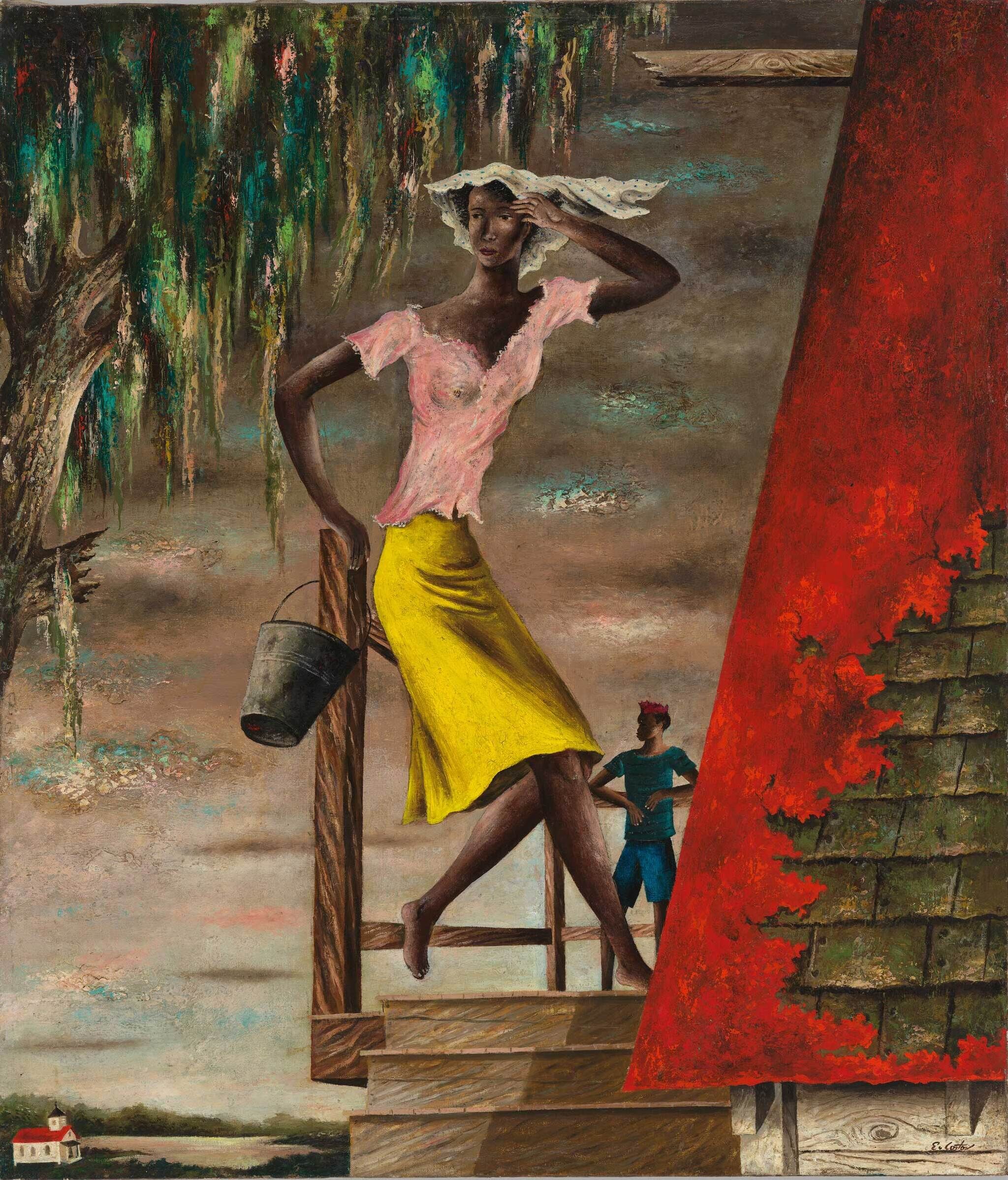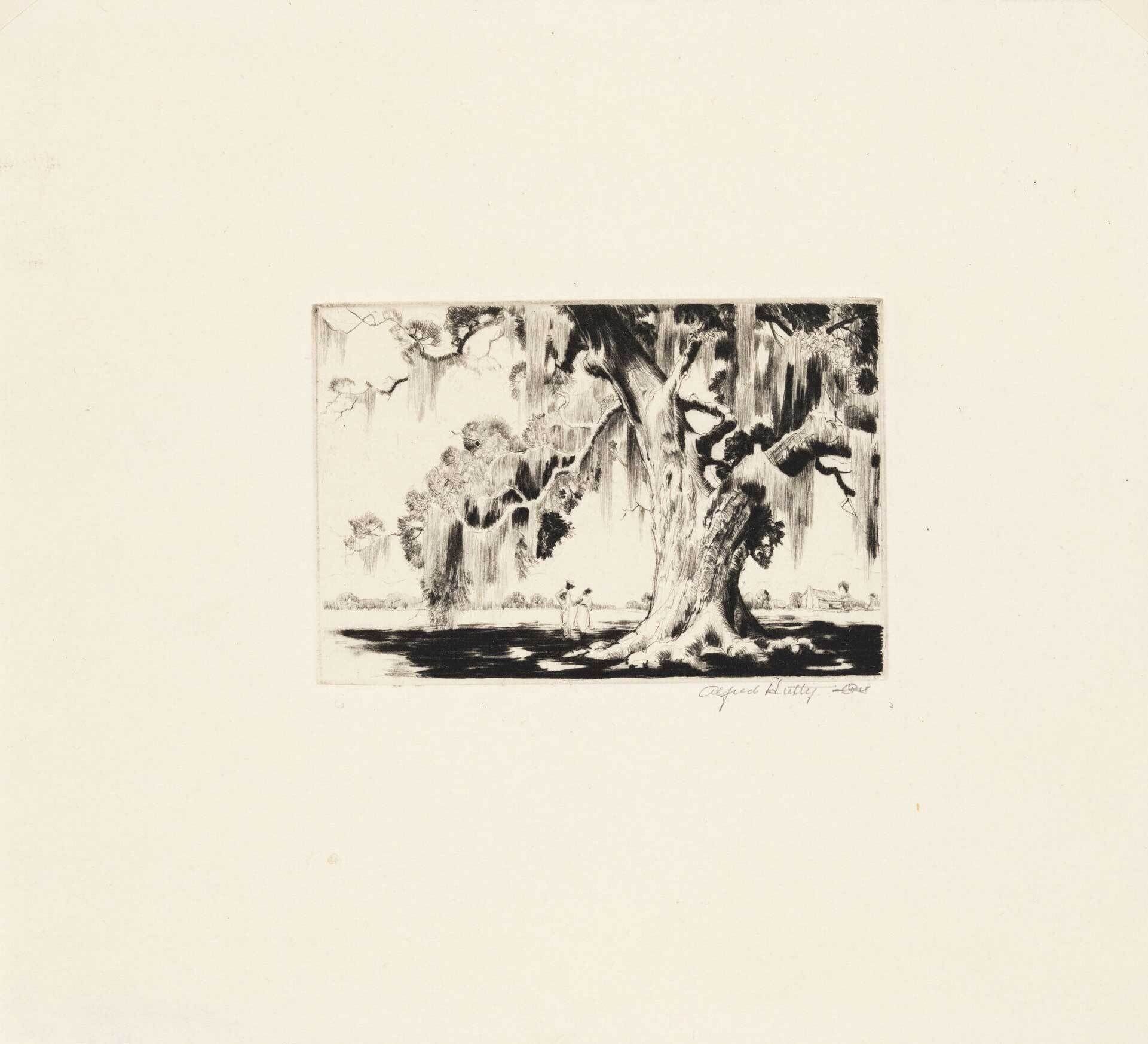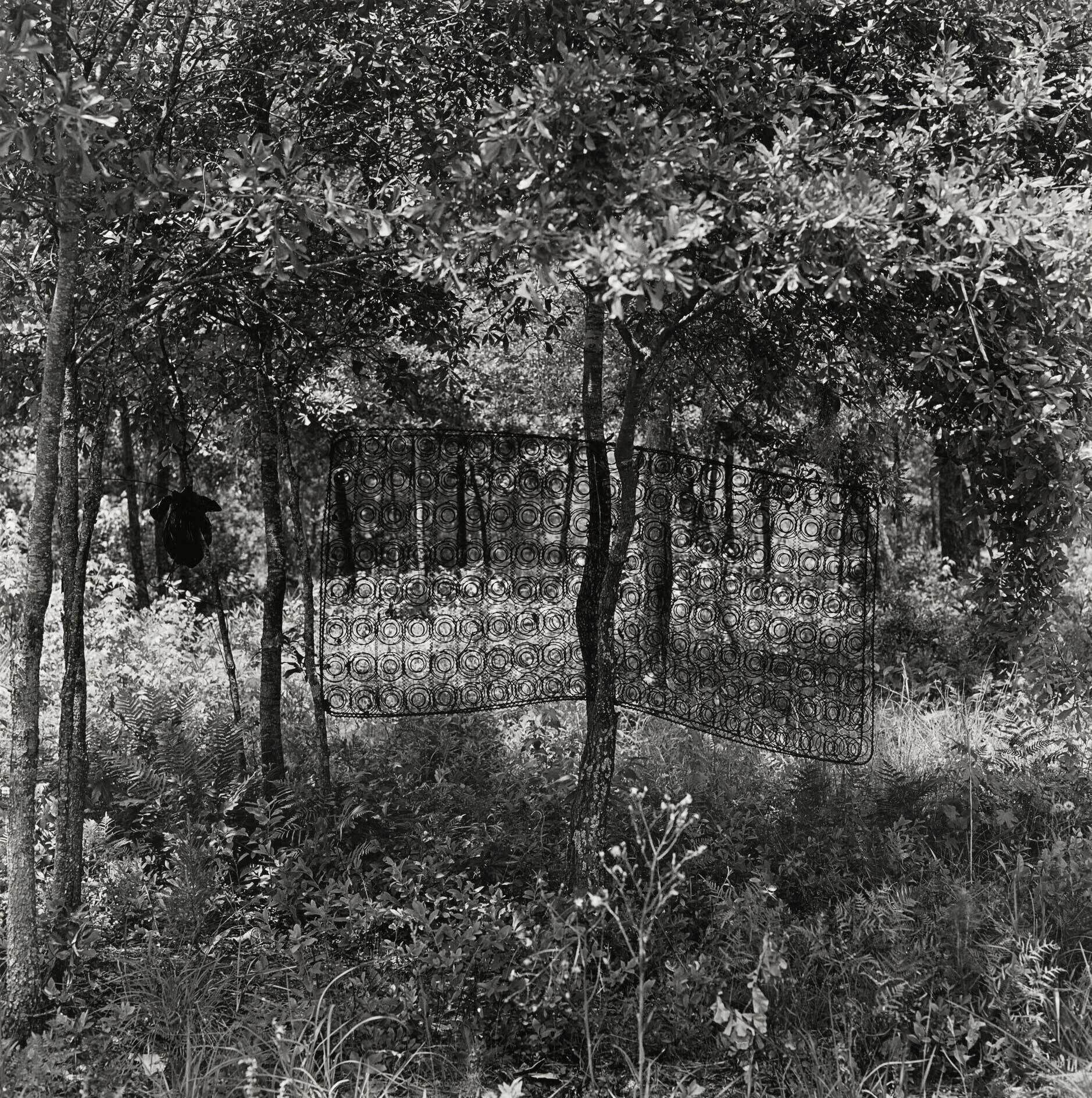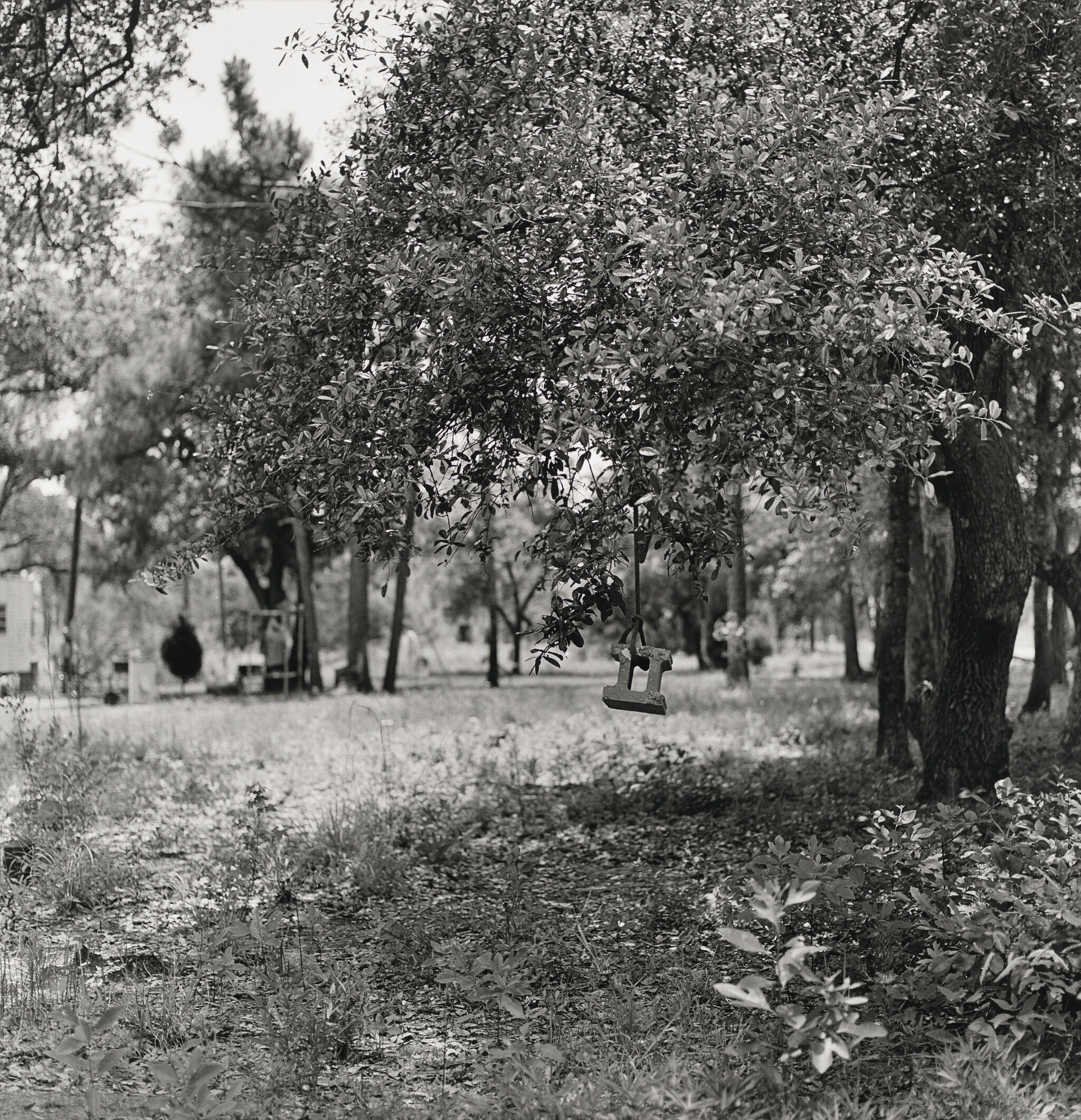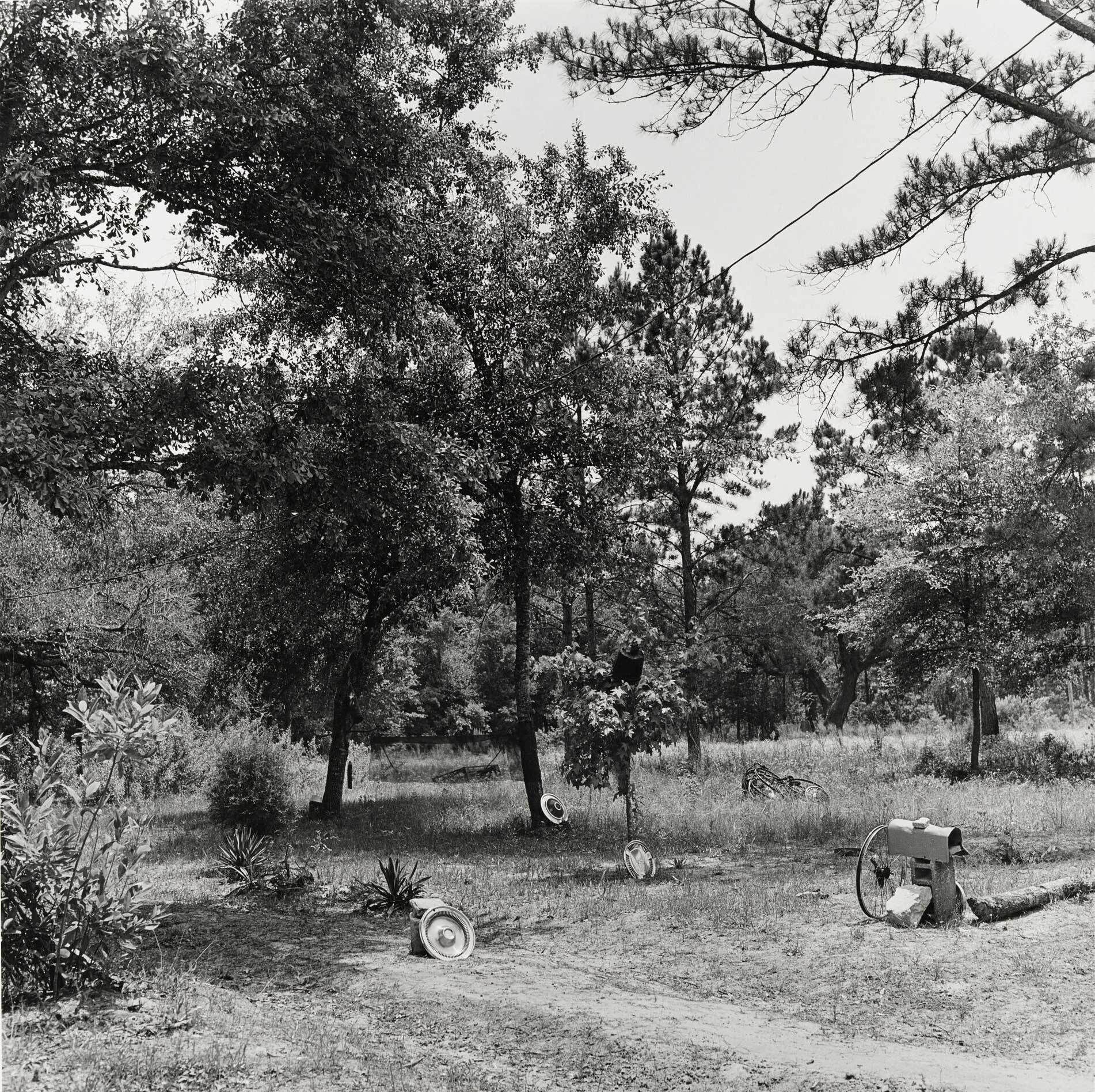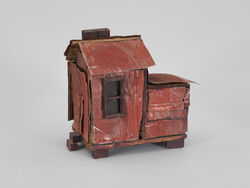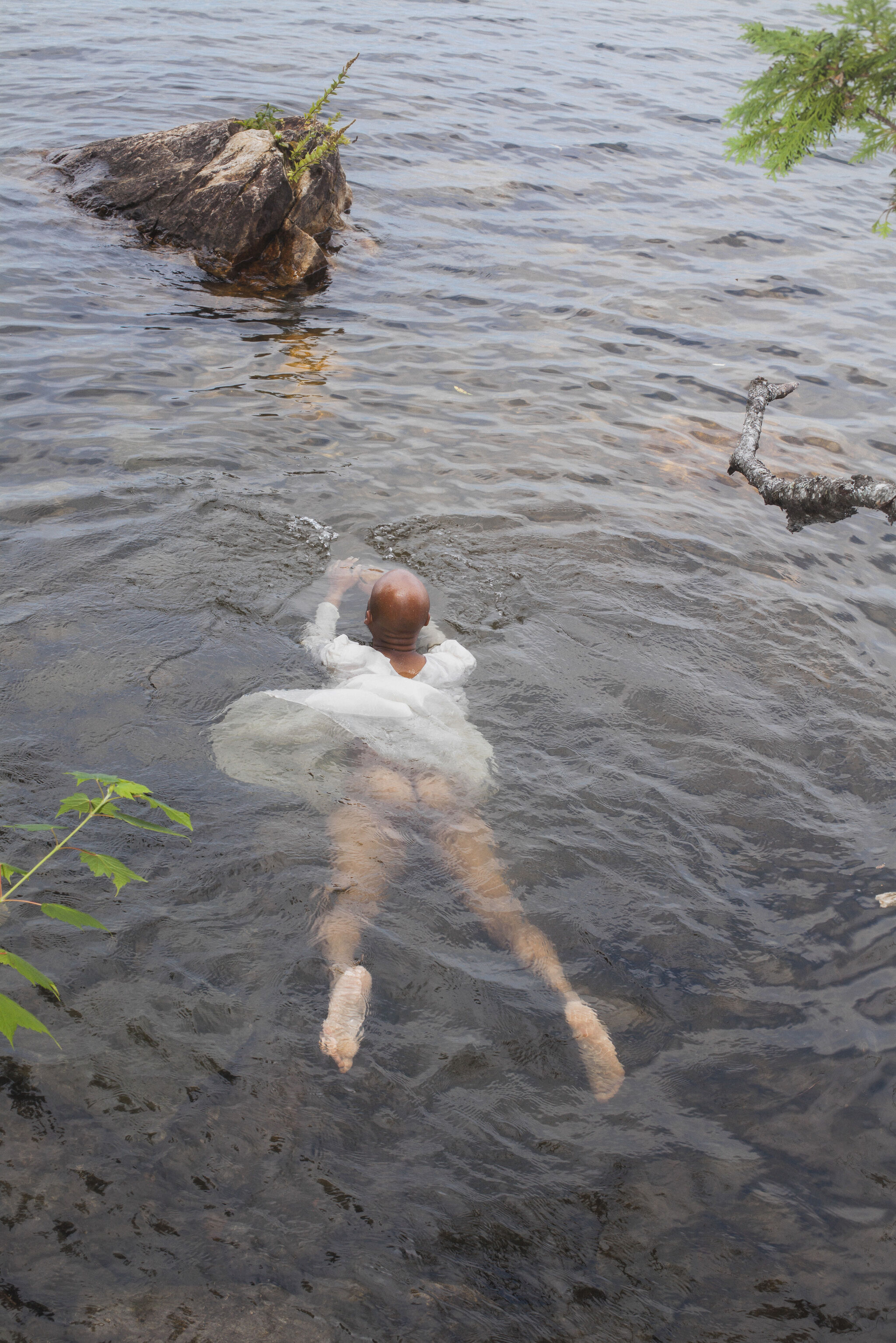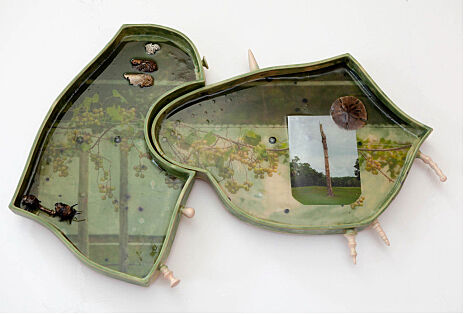Jeanne Moutoussamy-Ashe and the Last Gullah Islands | Art & Artists
Dec 5, 2024–May 1, 2025
Jeanne Moutoussamy-Ashe and the Last Gullah Islands | Art & Artists
From the Collection
3
American artists have long engaged with the South Carolina and Georgia Sea Islands through their work, drawn to it by personal or ancestral connections, or by the region’s complex cultural and environmental history. Photographs by Carrie Mae Weems’ show the interplay of Gullah spiritual traditions with the natural environment, while Erin Jane Nelson’s ceramic sculpture functions as a kind of time capsule, encompassing Daufuskie Island’s unique geological history and forecasting its uncertain future in the face of climate change. Explore these works and others from the Whitney’s Collection here.

